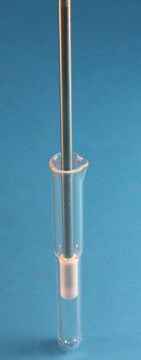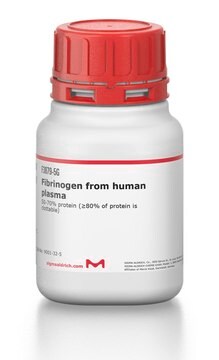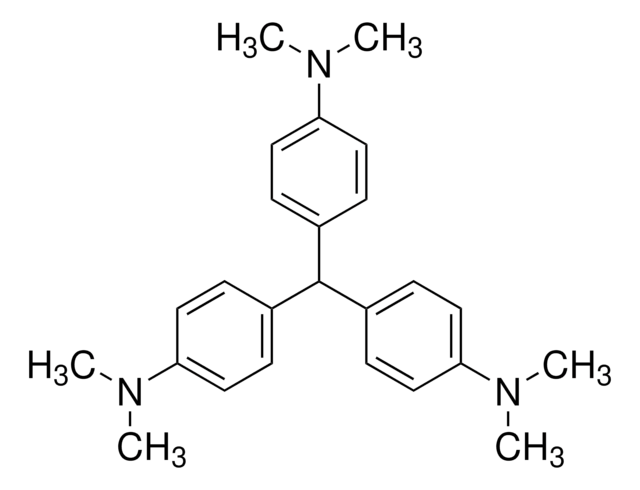Q3251
Quinacrine dihydrochloride
≥90% (TLC), powder, MAO-A/B inhibitor
Synonym(s):
6-Chloro-9-(4-diethylamino-1-methylbutylamino)-2-methoxyacridine dihydrochloride, Atebrin dihydrochloride, Mepacrine dihydrochloride
About This Item
Recommended Products
product name
Quinacrine dihydrochloride, ≥90%
biological source
synthetic
Assay
≥90%
form
powder
mp
257 °C
solubility
H2O: soluble, clear to hazy
originator
Bayer
SMILES string
Cl[H].Cl[H].CCN(CC)CCCC(C)Nc1c2ccc(Cl)cc2nc3ccc(OC)cc13
InChI
1S/C23H30ClN3O.2ClH/c1-5-27(6-2)13-7-8-16(3)25-23-19-11-9-17(24)14-22(19)26-21-12-10-18(28-4)15-20(21)23;;/h9-12,14-16H,5-8,13H2,1-4H3,(H,25,26);2*1H
InChI key
UDKVBVICMUEIKS-UHFFFAOYSA-N
Gene Information
human ... MAOA(4128) , MAOB(4129)
Looking for similar products? Visit Product Comparison Guide
General description
Application
- in its uptake and accumulation studies in mouse lung slices using fluorescence microscope
- in the staining of ATP vesicles in mesenchymal stem cells (MSCs)
- in uptake-release assay for characterization of dense granule functionality of platelets
Biochem/physiol Actions
Features and Benefits
Storage and Stability
Other Notes
Signal Word
Warning
Hazard Statements
Precautionary Statements
Hazard Classifications
Acute Tox. 4 Oral
Storage Class Code
11 - Combustible Solids
WGK
WGK 3
Personal Protective Equipment
Certificates of Analysis (COA)
Search for Certificates of Analysis (COA) by entering the products Lot/Batch Number. Lot and Batch Numbers can be found on a product’s label following the words ‘Lot’ or ‘Batch’.
Already Own This Product?
Find documentation for the products that you have recently purchased in the Document Library.
Customers Also Viewed
Our team of scientists has experience in all areas of research including Life Science, Material Science, Chemical Synthesis, Chromatography, Analytical and many others.
Contact Technical Service









